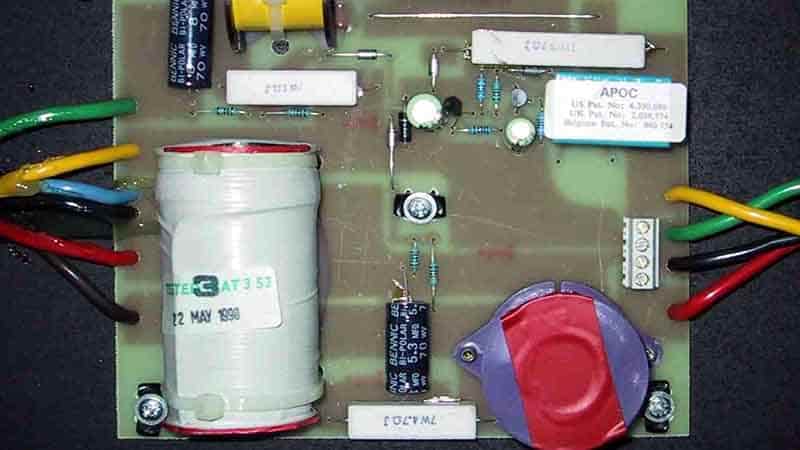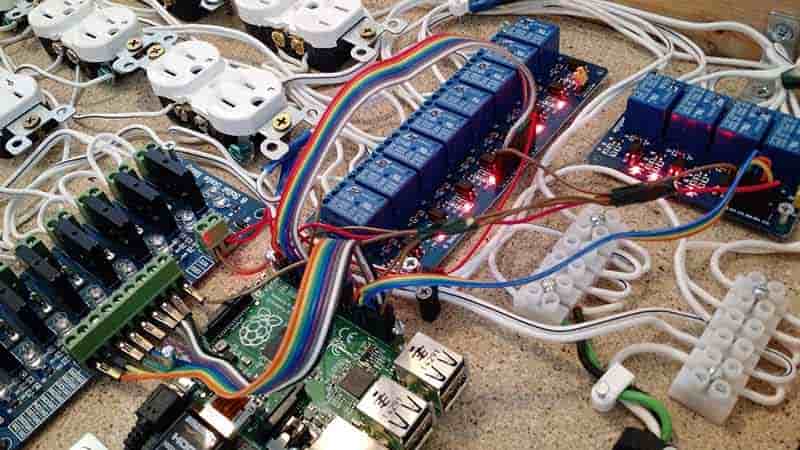Audio systems try to generate the best quality sounds possible by utilizing multiple drivers. The speakers of an audio system use something called “crossovers” to link the drivers to certain frequencies. These frequencies are meant to offer the best quality output possible for the given speakers that are being used.
The two types of crossovers are passive crossovers and active crossovers. Let’s explore the difference between them.
Passive Crossover
The typical car audio system is going to be comprised of passive crossover speakers. They’re called “passive” crossover speakers because they don’t need power from some external source in order to operate. Instead, the audio signal from inside the passive crossover is what generates power for it. Because of this, capacitors and inductors are utilized to sustain power.
In order to keep the circuitry components functional, the frequency must fall under a specific prearranged level. That is when the components will work well as conductors. As for the crossover capacitor, the frequency must be higher than the specific prearranged level if it is to work well as a conductor.
There is a crossover unit for each driver. When the audio signal is sent to the tweeter, it goes through every unit before it reaches the capacitor. But if the audio signal is sent to the woofer, then it must go through the inductor first. If you have a mid-range driver, there is a crossover which forces the audio signal through both the capacitor and inductor.
Active Crossover
Active crossovers are sometimes referred to as electronic crossovers. The big difference between active crossovers and passive crossovers is the power source. Active crossovers require an external power source connection.
Another difference is their output connections. Active crossovers normally connect to stereo outputs and handle small audio signals only. Passive crossovers connect to amplifier outputs, which deal with powerful audio signals.
Unfortunately, active crossovers are not as popular because they’re more expensive than passive crossovers. This is due to the numerous amplifier outputs required by the active crossovers. It is more convenient for people when they have the drivers and crossovers together in one package deal. Of course, if you want to install several drivers with your active crossover separately, then you can do so.
Read also:
- Speaker Crossover: Function, Working Principle, Advantages and Disadvantages
- 6 Types of Speakers and their Functions
- Speaker Impedance 4 Ohms VS 8 Ohms: What is the Difference?
Which One is Better?
Everyone will have their own opinion as to whether a passive crossover is better than an active crossover and vice versa. The opinion is really based on the type of audio equipment you’re using and the sound quality you hope to achieve. There are also other factors that go into the decision as well.
For instance, active crossover speakers are great if you have limited space available and like to listen to music in hi-res formats. More importantly, active crossovers involve fewer wires and external amplifiers. So, if you’re looking for a simple audio system set up, then active crossover speakers are what you should go with.
On the other hand, passive crossover speakers are still more popular despite these active crossover advantages. Passive crossover speakers are more affordable and lightweight, so you can move them around more easily. Plus, if you ever decide at a later date that you want to have your amplifiers upgraded or replaced, then it is easier to do so with passive crossover speakers.
On the bad side, passive crossover speakers force you to deal with more wires, and they consume more space. If you don’t have much space available and you hate dealing with all the wires, then you might become annoyed with passive crossover speakers rather quickly.
As you can see, personal preferences go a long way here. You may need to experiment with each type of crossover in order to see the differences for yourself.




